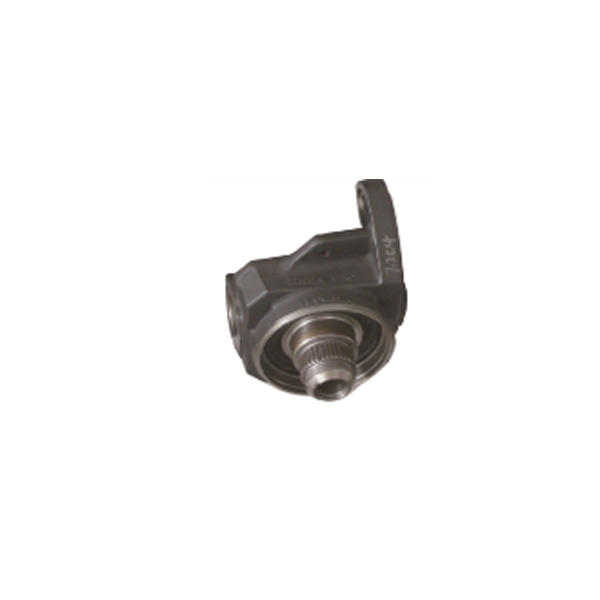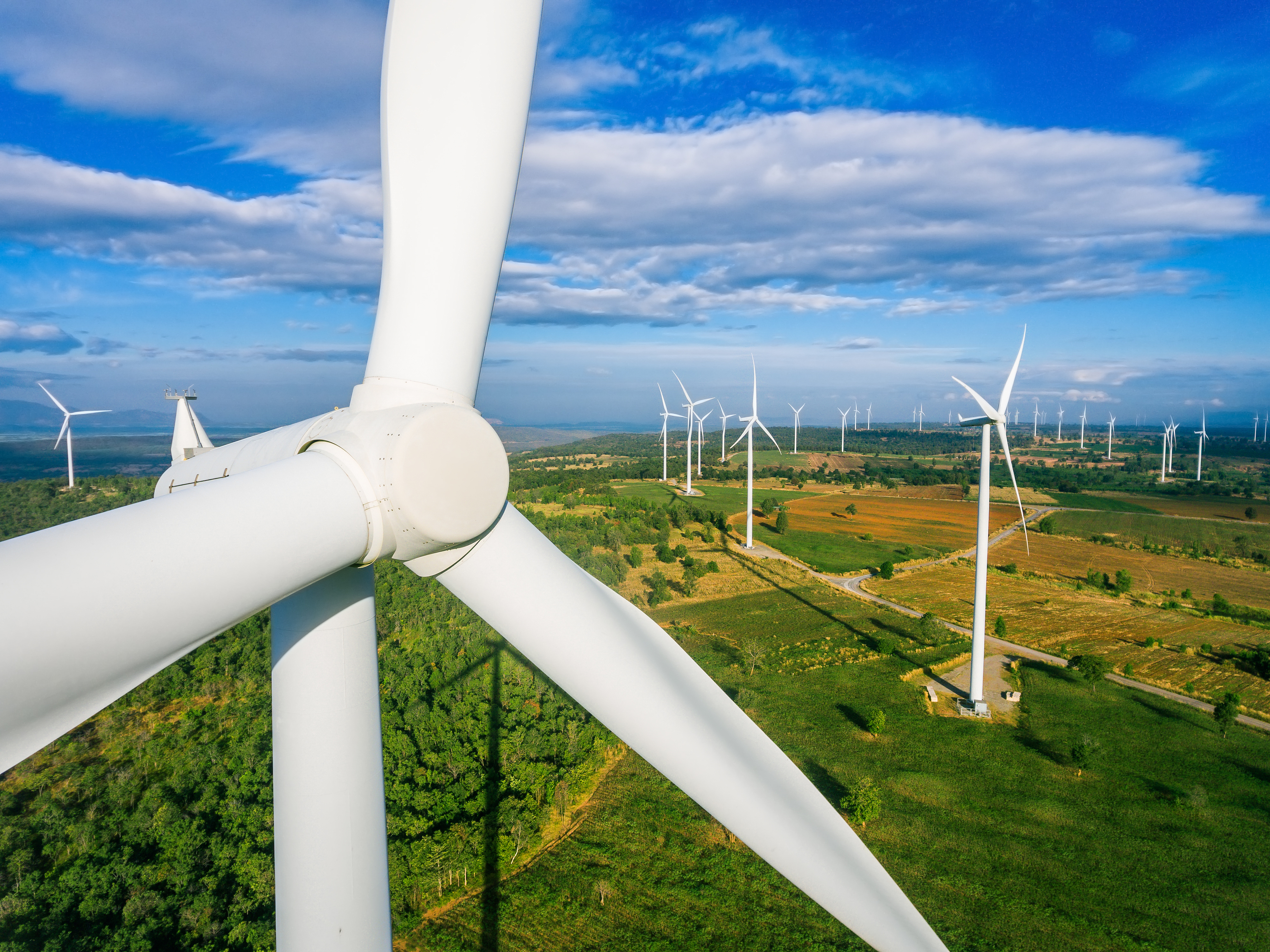Differences in Production Between Large-Scale and Small-Sized Castings
2024-12-27 17:03:43 hits:0
In the casting industry, there are significant differences and challenges in the production processes of large-scale and small-sized castings. These differences are not only reflected in production processes and technical requirements but also in quality control, energy consumption, environmental impact, and industry challenges. The following elaborates on these differences and challenges through data and practical cases.
Differences in Production Processes and Technical Requirements
Large-Scale Castings
Large-scale castings, such as ship engine components and wind turbine blades, can weigh tens or even hundreds of tons. To produce these large-scale castings, casting manufacturers need to adopt special processes and equipment. For example, sand casting is one of the most commonly used processes in the production of large-scale castings, which requires the sand mold to have a compactness of over 90% to ensure the dimensional accuracy and surface quality of the casting. According to industry data, the waste rate of large-scale castings often reaches 10%-15%, mainly due to casting defects such as porosity, shrinkage cavities, and cracks.
Taking the production of a ship engine component as an example, this component weighs 50 tons and is produced using the sand casting process. During production, due to unreasonable mold design, the molten metal flow was not smooth during pouring, resulting in severe shrinkage cavity defects. To solve this problem, the casting manufacturer redesigned the mold and adopted the riser feeding technique, ultimately successfully reducing the waste rate and improving product quality.
Small-Sized Castings
In contrast, small-sized castings, such as automotive components and electronic product casings, are smaller in size and lighter in weight. In the production of these small-sized castings, casting manufacturers can adopt more flexible processes and equipment, such as lost foam casting and vacuum molding. These processes have the advantages of high production efficiency and low mold costs. According to industry data, the waste rate of small-sized castings is usually below 5%, which is mainly attributed to their smaller size and higher production accuracy.
Taking the production of an automotive engine component as an example, this component is produced using the lost foam casting process. During production, the casting manufacturer successfully avoided the occurrence of defects such as oxidation reactions and inclusions by precisely controlling the pouring temperature and speed, as well as adopting efficient protectants and gas protection measures, ensuring the stability and reliability of product quality.

Differences in Quality Control and Energy Consumption
Large-Scale Castings
Quality control for large-scale castings is a complex and cumbersome process. Due to the large size of the castings, it is difficult to uniformly control their internal temperature and cooling rate, leading to defects such as dimensional deviations, flatness, and perpendicularity issues. To improve the quality and performance of the castings, casting manufacturers need to perform heat treatment processes such as annealing, normalizing, and quenching. According to industry statistics, the energy consumption for heat treatment of large-scale castings accounts for about 30%-40% of the entire production process.
Taking the production of a wind turbine blade as an example, this blade is tens of meters long and weighs tens of tons. During production, the casting manufacturer adopted advanced heat treatment equipment and processes, performing multiple annealing and quenching treatments on the blade to improve its mechanical properties and corrosion resistance. However, this process also consumed a significant amount of energy and cost.

Small-Sized Castings
Quality control for small-sized castings is relatively easy. Due to their smaller size, the internal temperature and cooling rate of the castings are more uniform, resulting in higher production accuracy. Additionally, the energy consumption in the production process of small-sized castings is lower, with less energy required for melting and pouring. According to industry data, the energy consumption for the production of small-sized castings only accounts for 10%-15% of the entire production process.
Taking the production of an electronic product casing as an example, this casing is produced using the vacuum molding process. During production, the casting manufacturer successfully achieved rapid solidification and uniform cooling by precisely controlling the pouring temperature and speed, as well as adopting an efficient cooling system, thereby ensuring the stability and reliability of product quality.

Environmental Impact and Industry Challenges
Large-Scale Castings
The production process of large-scale castings generates a significant amount of dust and waste, causing severe environmental impacts. According to statistics from environmental protection departments, large casting manufacturers can emit thousands of tons of dust and waste annually. To reduce environmental pollution and damage, casting manufacturers need to adopt effective environmental protection measures, such as installing dust removal equipment and recycling casting materials.
Furthermore, the production of large-scale castings faces challenges such as intense market competition, low technological levels, and a shortage of talent. To address these challenges, casting manufacturers need to continuously improve technological levels, strengthen talent cultivation and recruitment, and optimize production processes.
Small-Sized Castings
The environmental impact of the production process of small-sized castings is relatively small. However, with the increasing awareness of environmental protection and stricter environmental regulations, small casting manufacturers also need to pay attention to environmental issues. According to industry data, the amount of dust and waste emitted by small casting manufacturers only accounts for about 10% of that emitted by large casting manufacturers. Despite this, small casting manufacturers still need to adopt effective environmental protection measures to reduce pollutant emissions.
Additionally, the production of small-sized castings faces challenges such as market competition and technological advancements. To maintain competitive advantages and meet market demands, casting manufacturers need to continuously innovate and develop new technologies and processes to improve production efficiency and product quality.
Conclusion
In summary, there are significant differences and challenges in the production processes of large-scale and small-sized castings. These differences are not only reflected in production processes and technical requirements but also in quality control, energy consumption, environmental impact, and industry challenges. Through the elaboration of data and practical cases, we can gain a deeper understanding of these differences and challenges and provide targeted suggestions and measures for casting manufacturers. Therefore, casting manufacturers need to formulate targeted production plans and processes based on the type and size of the castings to ensure product quality and production efficiency. At the same time, casting manufacturers also need to pay attention to environmental issues and industry challenges and adopt effective measures and methods to achieve sustainable development and enhance market competitiveness.
Tiegu boasts extensive experience in supplying both large-scale and small-sized castings, and offers customized services to our customers. If you are interested in our products, please feel free to contact us.

 en
en  fra
fra  de
de  ru
ru  gle
gle  th
th  ara
ara  it
it  jp
jp  kor
kor  zh
zh 


